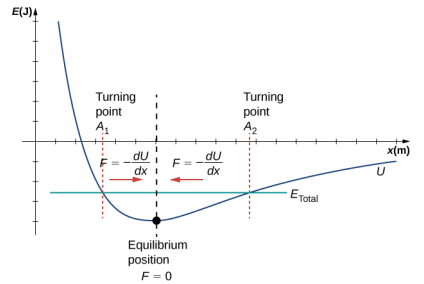Work energy theorem for variable force.
Work energy theorem graph.
Review the key concepts equations and skills for the work energy theorem.
Deriving the work energy formula for variable force is a bit hectic.
A variable force is what we encounter in our daily life.
If you re seeing this message it means we re having trouble loading external resources on our website.
General derivation of the work energy theorem for a particle.
The quantity latex frac 1 2 mv 2 latex in the work energy theorem is defined to be the translational kinetic energy ke of a mass m moving at a speed v translational kinetic energy is distinct from rotational kinetic energy which is considered later in equation form the translational kinetic energy latex text ke frac 1 2 mv 2 latex is the energy associated with.
The work done on an object is equal to the change in its kinetic energy.
Understand how the work energy theorem only applies to the net work not the work done by a single source.
Workdone under a variable force.
Proving the work energy theorem for a variable force is a little tricky.
A pretty similar problem so great idea to pause and see if you can try yourself first.
Therefore we have proved the work energy theorem.
A constant force is rare in the everyday world.
The principle of work and kinetic energy also known as the work energy theorem states that the work done by the sum of all forces acting on a particle equals the change in the kinetic energy of the particle.
All right right lets try one more.
The force that we come across everyday is usually variable forces.
If and are the the starting and ending positions and are the the starting and ending velocities and is the force acting on the object for any given position then.
All right lets see a 500 kilogram tempo traveling at 30 meters per second brakes and comes to a stop.
Work energy theorem suppose that an object of mass is moving along a straight line.
This is the derivation of work energy theorem.
For any net force acting on a particle moving along any curvilinear path it can be demonstrated that its work equals the change in the kinetic energy of the particle by a simple derivation analogous to the equation above.
Thus we can say that the work done on an object is equal to the change in the kinetic energy of the object.

